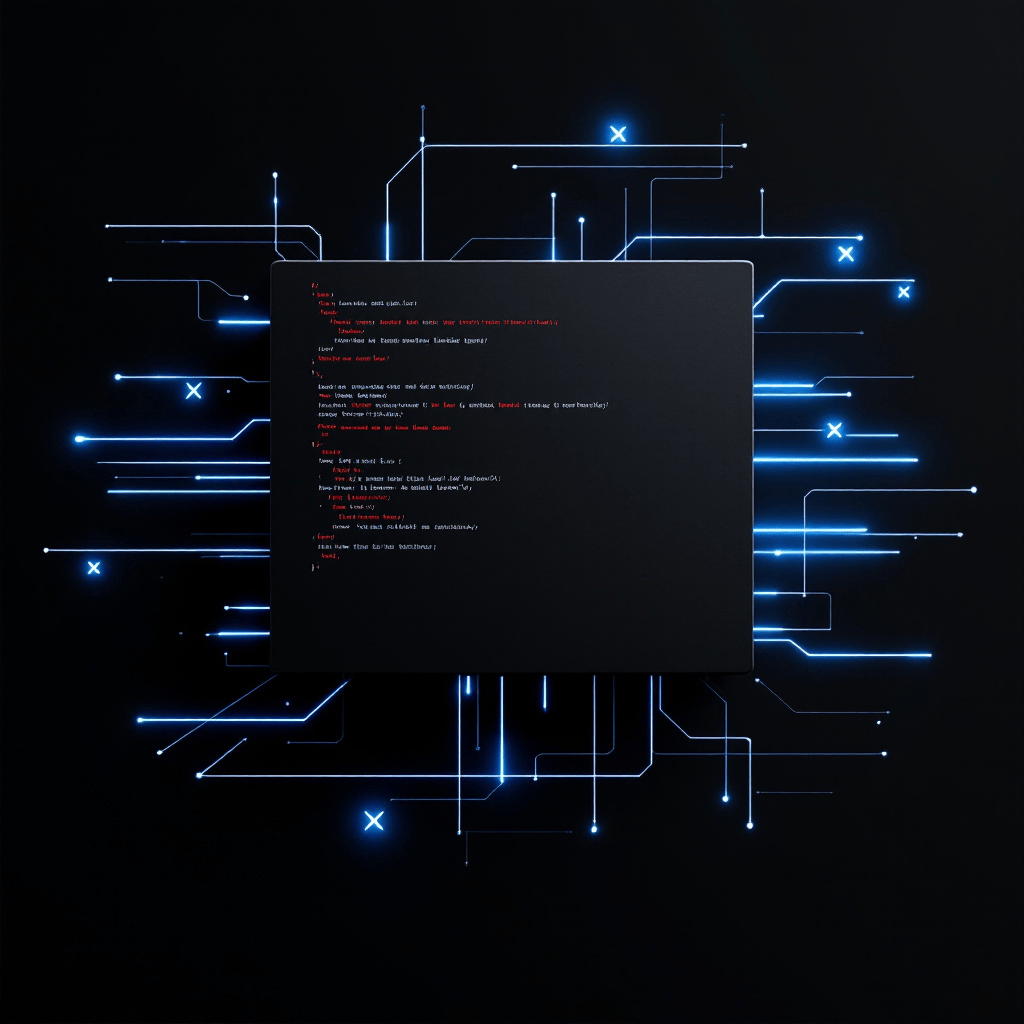
Designing a structure for system components and their interactions refers to the process of organizing and arranging the various elements that make up a system, ensuring that each component functions effectively and communicates seamlessly with others. This involves defining the relationships between components, such as how data flows and how operations are coordinated, to create a cohesive and efficient system. The aim is to enhance the overall functionality and adaptability of the system while addressing specific requirements and constraints, ultimately leading to improved performance and user experience.
Technical Architecture Planning involves defining the components and structure of a system to ensure it meets specified requirements and operates efficiently. It includes selecting hardware, software, network resources, and frameworks, as well as establishing standards for data management, security, and integration. The process aims to create a scalable, reliable, and maintainable architecture that aligns with business goals and technology trends while mitigating risks.
The key components to consider in Technical Architecture Planning include: 1. Business Requirements 2. System Requirements 3. Scalability 4. Security 5. Performance 6. Integration 7. Technology Stack 8. Infrastructure 9. Compliance and Regulations 10. Data Management 11. Deployment Strategy 12. Maintenance and Support 13. Cost Analysis 14. User Experience 15. Documentation and Governance
1. Define business goals and objectives 2. Assess current architecture and technologies 3. Identify stakeholders and their requirements 4. Evaluate potential solutions and technologies 5. Create a high-level architecture design 6. Establish governance and compliance frameworks 7. Plan for scalability and performance 8. Document architecture decisions and rationale 9. Develop a roadmap for implementation 10. Review and iterate on the architecture regularly
Key components to consider in technical architecture planning include business goals and requirements, current infrastructure assessment, technology stack selection, scalability and performance considerations, security and compliance measures, integration capabilities, disaster recovery and backup strategies, cost and budget analysis, and ongoing maintenance and support plans.